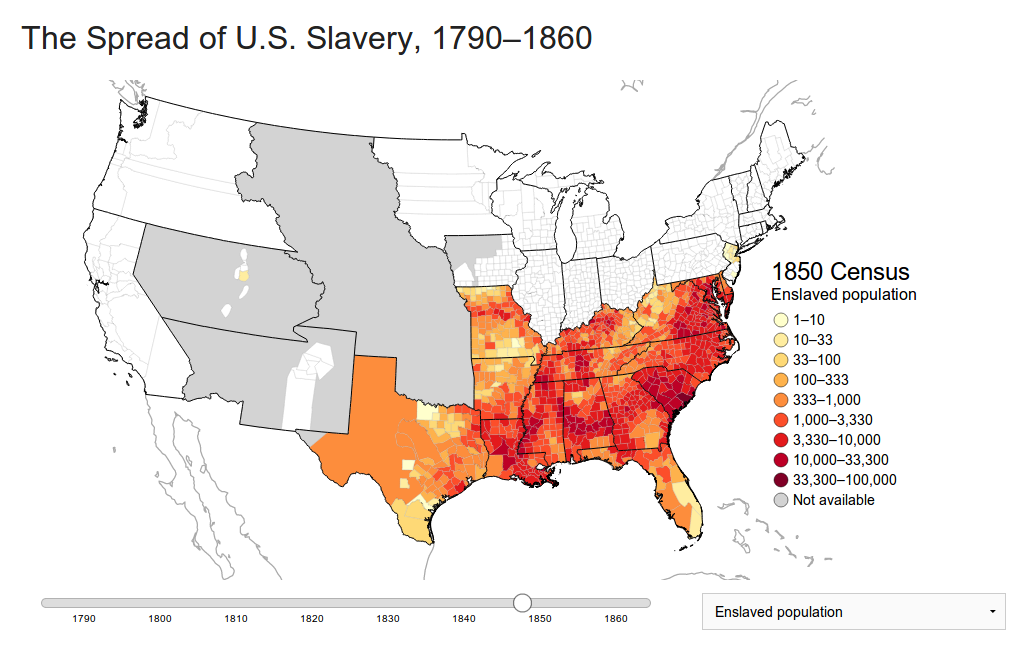The Civil Rights Movement refers to the struggle of black Americans for social justice and equal rights under the laws of the United States of America, which took place mainly in the 1950s and 1960s. The Civil War officially abolished slavery, but it did not end discrimination against black people — they continued to experience the devastating effects of racism, especially in the South of the country. The long history of slavery is reflected in modern life in America: racial conflicts still flare up, and racial discrimination occurs in the labor sphere.
Marcus Garvey attended school until he was 14; after that, he, like the future leaders of black Americans, engaged in self-education while achieving significant success. In 1920, he presided over the International Congress of Negro Organizations, attended by delegates from 25 countries (Clayton, 2018). The Congress ended with a parade of more than 50,000 Negroes through the streets of Harlem (Clayton, 2018). However, Garvey held too radical views on racism, considering it necessary to preserve the racial purity of Blacks.
The beginning of the African American civil rights movement unfolded even before the abolition of slavery. But the main development of the struggle against racism and misunderstanding began in the 50s of the XX century (Jones-Eversley et al., 2017). In the minds of Americans, both white and black, the war pushed racial differences into the background. American troops rallied against the worldwide threat of fascism. In this context, racial prejudices often did not just fade into the background; sometimes, they were washed away.
The boycott of bus lines was one of the first and most high-profile episodes in the history of the struggle of blacks for civil rights. The boycott leaders filed a lawsuit with the Federal District Court, which recognized the unconstitutionality of the laws on segregation in city buses. On December 20, 1956, the victory took place when an order was received to desegregate bus lines in Montgomery (Jones-Eversley et al., 2017). Montgomery’s experience has clearly shown that nonviolent action is impossible without absolute faith in the power and efficacy of love.
A manifestation of solidarity with the struggle of Negroes was the students’ speeches against discrimination of Black students in higher education institutions, against the actions of conservative student fraternities that supported racial segregation. After the decision of the Supreme Court in 1954 on the desegregation of schooling, speeches demanding the implementation of this decision became widespread (History.com Editors, 2021). Participating in the civil rights movement, many young Americans faced the unsightly sides of American reality and began to think about the causes of social injustice.
The apogee of the black civil rights movement was the beginning of the 60s of the XX century. After the events in Montgomery led to the desegregation of bus lines and the events in Little Rock that contributed to the subsequent desegregation of schools, such personalities as Martin Luther King, Huey Newton, and Malcolm X shone in all their glory. Malcolm X, unlike Martin Luther King, was not a priest. The activity of this person, however, was also very effective. Martin Luther King had no illusions about the endless tolerance of Negroes. With the tactics of nonviolence, he did not want to slow down the movement towards freedom at all but only wanted to make it manageable. The Black Panthers are a radical left-wing party considered a terrorist organization in some countries. The Panthers were a symbol of the American Revolution. This party stood out primarily because it opposed Dr. King’s philosophy of nonviolence, its revolutionary ideas.
By way of conclusion, the movement for the rights of blacks in the United States was of enormous importance, which cannot be overestimated. The Civil rights movement was a good but precarious time for black Americans. After the acquisition of civil rights by a black person, the United States was able to integrate into the society of states fully. This paper highlights the social causes and consequences of the struggle for civil rights.

References
Clayton, D. M. (2018). Black lives matter and the civil rights movement: A comparative analysis of two social movements in the United States. Journal of Black Studies, 49(5), 448-480. Web.
Jones-Eversley, S., Adedoyin, A. C., Robinson, M. A., & Moore, S. E. (2017). Protesting Black inequality: A commentary on the civil rights movement and Black lives matter. Journal of Community Practice, 25(3-4), 309-324. Web.
History.com Editors. (2021). Martin Luther King, Jr. Web.
Mullen, L. (2014) These maps reveal how slavery expanded across the United States. Smithsonian Magazine. Web.